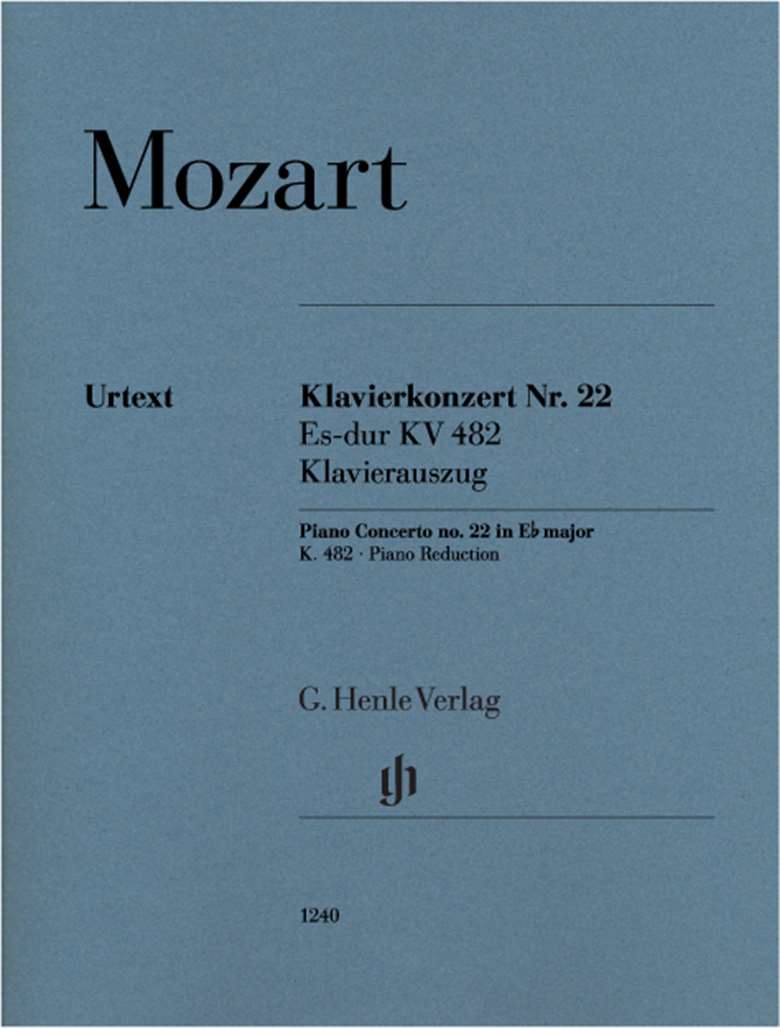Mozart: Piano Concerto in E-flat major K482 – Piano reduction
Murray McLachlan
Wednesday, November 2, 2022
This new edition from Henle is elegantly presented, displaying the clarity and precision typical of Germany's leading urtext publisher

Mozart's E-flat Concerto K482 dates from 1785 and was the first to include clarinets in its scoring. It is well loved for its infectiously dancelike Rondo finale, though the expressively poignant central Andante and magisterial first movement are also of the highest calibre. Indeed, the opening movement's symphonic grandeur makes a striking impression, with a main motif uncannily similar to the opening figure of Mozart's very first symphony, K16, written when he was only eight years old!
This new edition from Henle is elegantly presented, displaying the clarity and precision typical of Germany's leading urtext publisher. Excellent supplementary material from German pianist Alexander Lonquich includes a first-movement cadenza with some striking chromatic shifts. Perhaps at times the fingering is too dense and heavily prescriptive, but his lead-ins and flourishes in the finale are most convincing.
The orchestral reduction is certainly playable, though it is not quite so natural pianistically as the Schirmer edition of yesteryear. The best approach might be to use Henle for the solo part then adapt the reduction from Schirmer for piano two.






